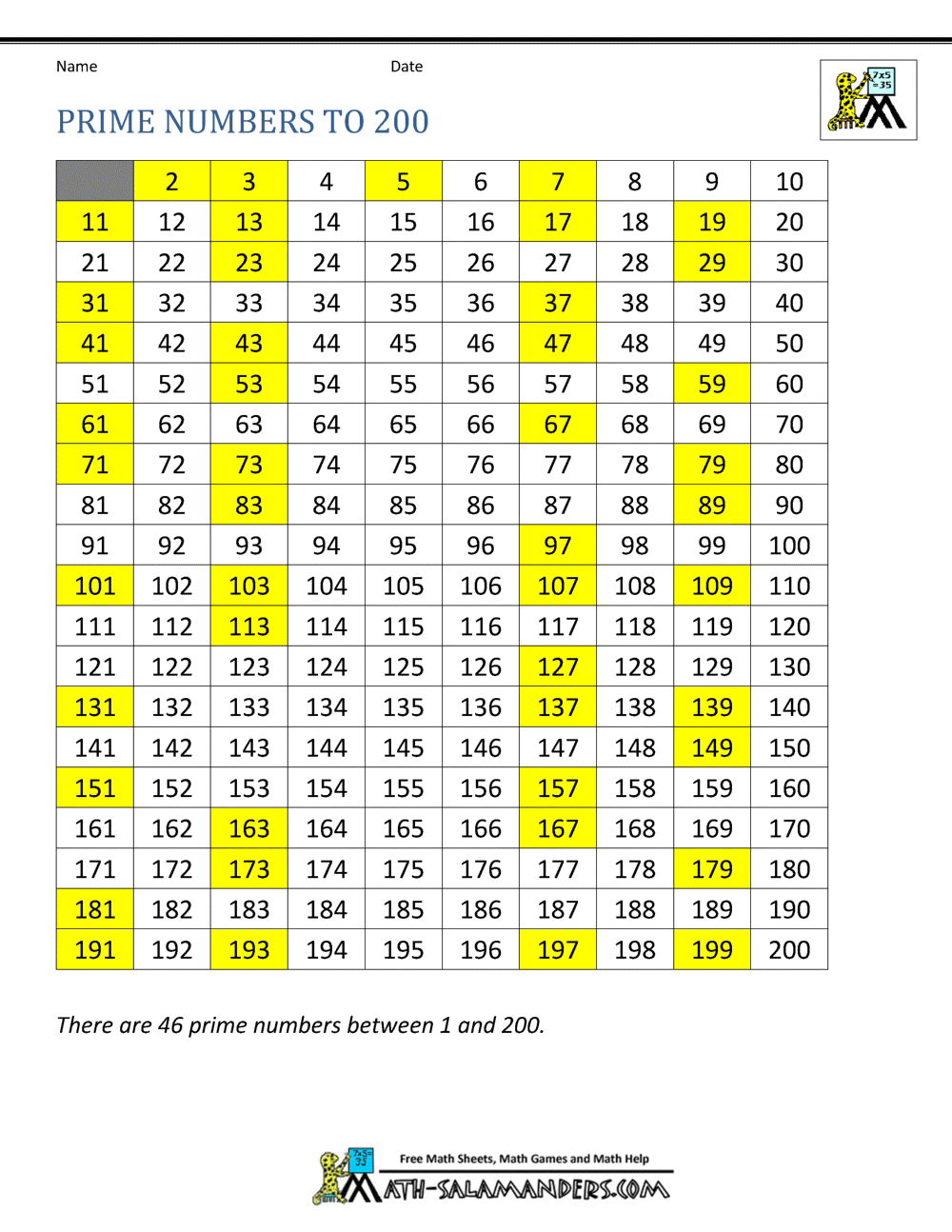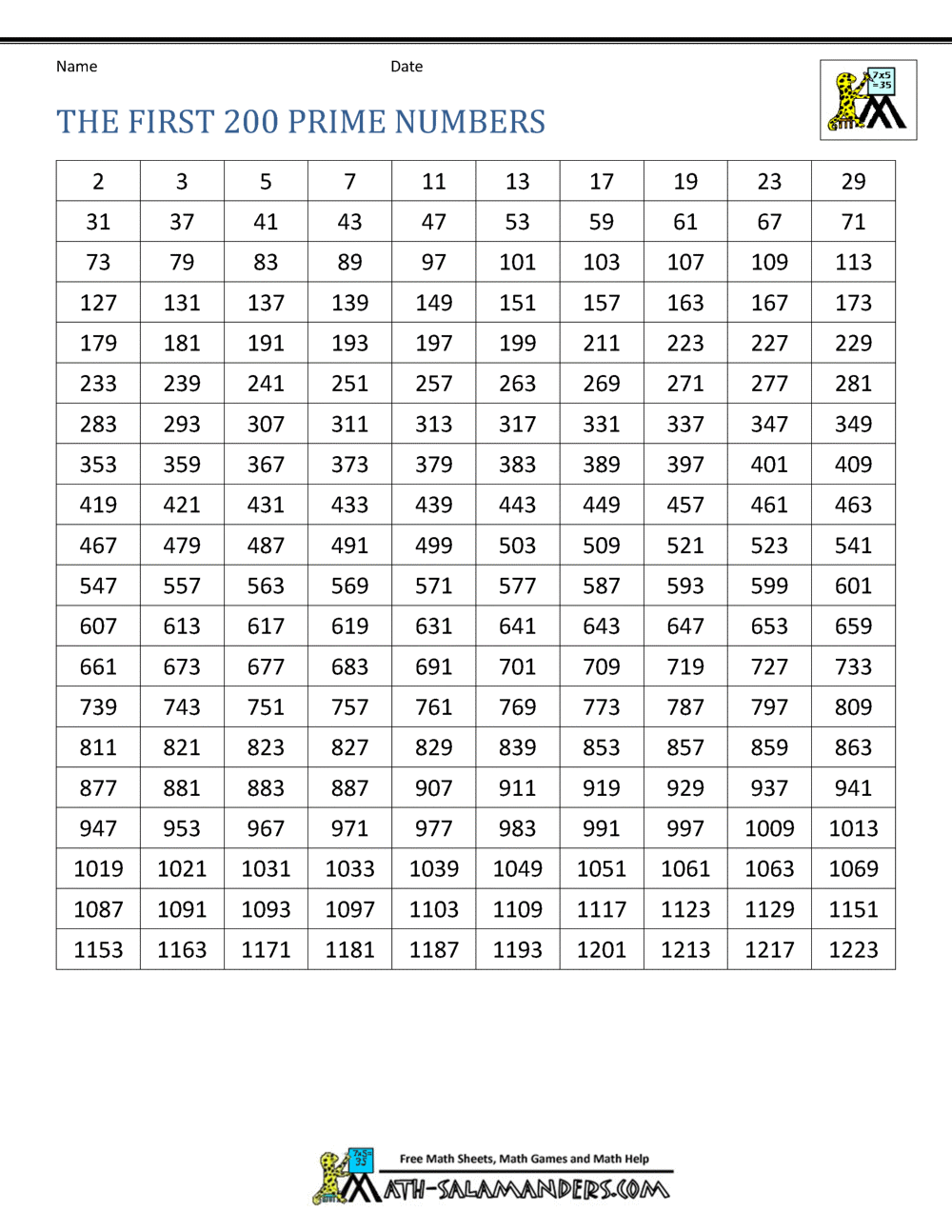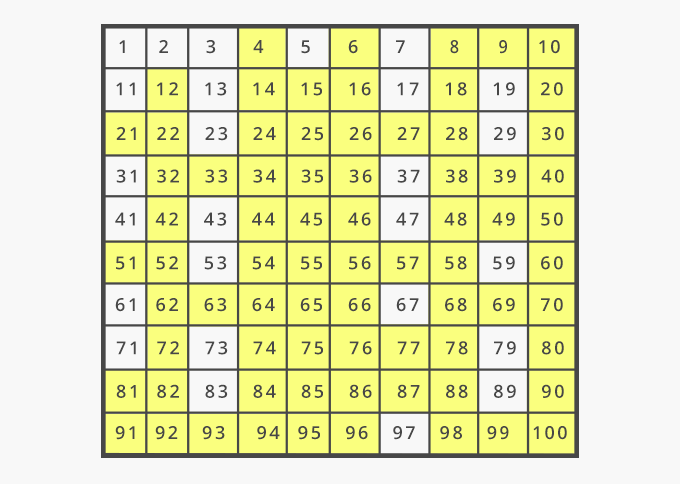


Some commonly known types of prime numbers are: Well, there are various types of prime numbers. Have you ever heard of types of prime numbers? Yes, types of prime numbers. Using method 2, you can find all prime numbers list greater than 100. This method is useful in finding various prime numbers because you need to check the divisibility by 6 in the first place and then check whether it fits in this formula or not. You can write number 13 in the form of 6n + 1 as 6 (2) + 1 = 13. We cannot write this number in either of these forms neither 6n – 1 nor 6n + 1. Let us understand this concept by an example. If you cannot write the number in either of these forms, then it means the number is not prime. Method 2: Apart from numbers 2 and 3, every prime number can be written in the form of 6n – 1 or 6n + 1.Similarly, for other numbers greater than 0, the prime numbers will be: If you replace n with 0, the formula will give the value – 0 2 + 0 + 41 = 41. From the formula, replace n with the number starting from 0. For prime numbers below 40, you have to memorize the table given above. However, this formula will give prime numbers greater than 40 only. Method 1: If you need to find all prime numbers up to 100, this formula can come in handy – n 2 + n + 41.The most commonly used are the given two methods: There are several methods to find prime numbers. It is important to understand how to find prime numbers if you need to find all prime numbers from a given set of numbers. Co-prime numbers are always two prime numbers.With the exception of 2, all other prime numbers are odd.


As a result, these are known as prime numbers. All these numbers are divisible only by one and by the number itself.


 0 kommentar(er)
0 kommentar(er)
